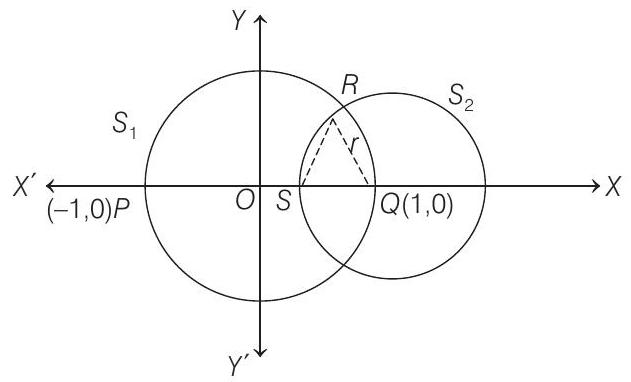Application of Derivatives 4 Question 48
####50. The circle
(1994, 5M)
Show Answer
Answer:
Correct Answer: 50.
Solution:
- Since
Again, equation of the circle with centre at

To find the coordinates of point
On subtracting Eq. (ii) from Eq. (i), we get
On putting the value of

Again, we know that, coordinates of
Let
For maxima and minima, put
Again,
Therefore,
Hence, maximum value of
 is smallest at
is smallest at
So,
In order this value is not less than -1 , we must have







